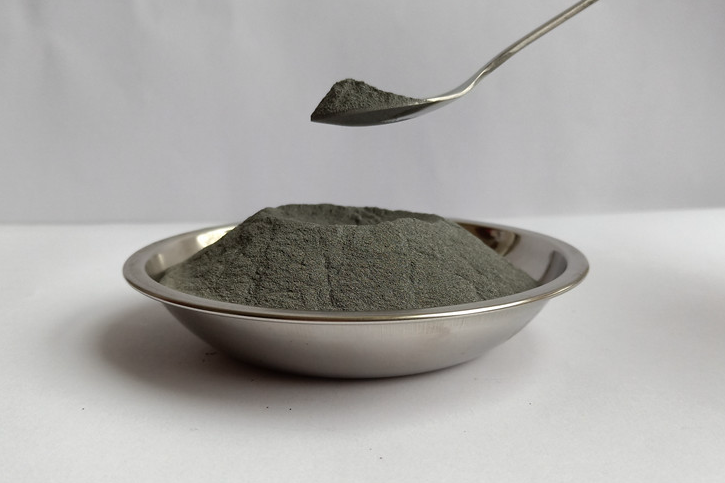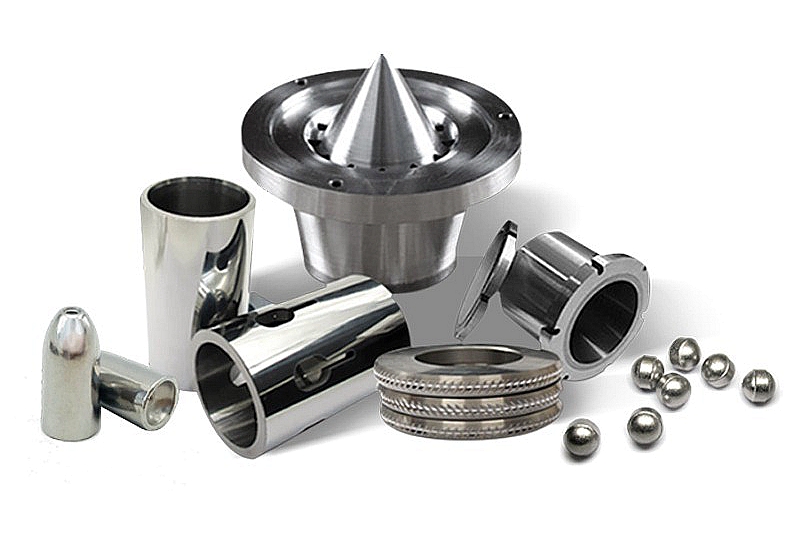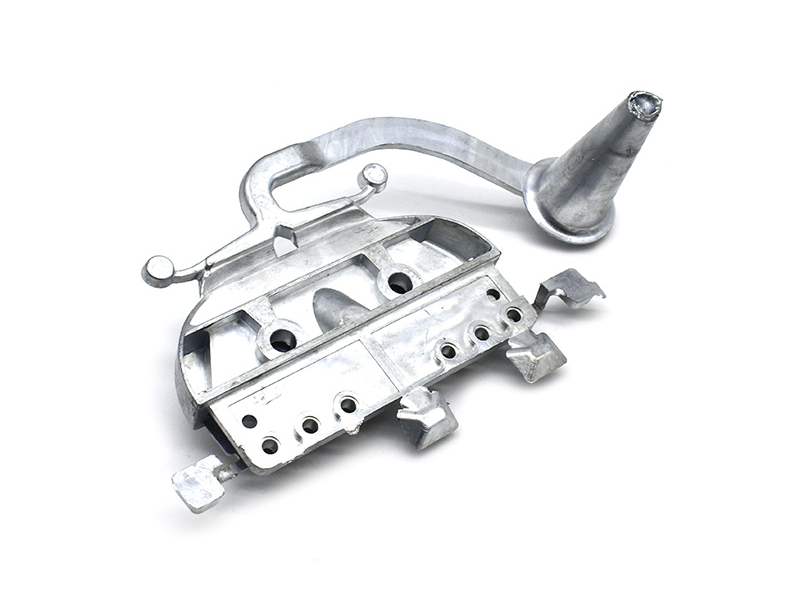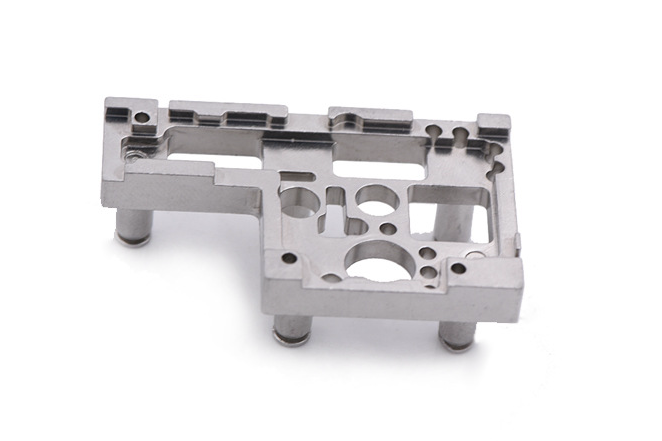10 Reasons Why MIM Metal Powders Are More Expensive Than Common Bulk Metal Materials?
Metal Injection Molding (MIM) is a versatile manufacturing process that combines the design flexibility of plastic injection molding with the material properties of metal. While MIM offers numerous advantages, MIM metal powders can be more expensive than common bulk metal materials. Here are the top 10 reasons why MIM Metal Powders Are More Expensive Than Common Bulk Metal Materials.

Energy Consumption:
The production of MIM powders, mainly through atomization processes, consumes significant energy. The energy-intensive nature of these processes contributes to higher production costs. In contrast, bulk metal production processes, like casting or rolling, may be more energy-efficient.
For example, 316L stainless steel powder is about 10 USD/Kg. And 316L stainless steel bar is about 3 USD/Kg.
Specialized Equipment:
MIM powder production requires specialized equipment, such as atomizers and classifiers, designed for fine powder production and handling. These machines are costly to purchase and maintain, and their operation demands skilled personnel. Bulk metal production, on the other hand, may rely on more readily available and standardized equipment.
Handling and Packaging:
MIM powders require careful handling and packaging to maintain their quality. Special precautions are needed to prevent contamination, moisture absorption, or oxidation during storage and transportation. These additional steps and materials contribute to the overall cost of MIM powders.
Research and Development Costs:
Developing new MIM materials and improving existing ones involves extensive research and development efforts. These costs are typically spread across the production of MIM powders, adding to their overall expense. Bulk metals, which often have well-established properties, may require a different ongoing research and development level.
Powder Quality and Consistency:
MIM metal powders must meet stringent quality and consistency standards. The powders must have a uniform particle size distribution, high purity, and minimal contaminants. Achieving this level of consistency requires specialized processing and quality control measures, including atomization, sieving, and deoxidation. In contrast, bulk metal materials, such as bars or sheets, are less demanding regarding their initial quality, as they can be processed further to remove impurities.
Atomization Process:
Atomization is a critical step in producing MIM metal powders. It involves converting molten metal into fine droplets or powder particles using gas or water atomization. These energy-intensive methods require precision equipment to ensure the powders are of the desired particle size and shape. This level of control and precision adds to the production costs, making MIM metal powders more expensive than bulk materials that can be produced through simpler processes.
Particle Size Control:
MIM relies on precisely controlling the size and shape of metal powder particles. The desired particle size distribution in MIM powders is typically in the range of micrometers. Achieving such fine control over particle size requires advanced equipment and often multiple stages of classification and sieving. In contrast, bulk metal materials are produced in larger forms and don't require meticulous particle size control.
Purity and Alloying:
MIM metal powders often require high purity and precise alloying to meet specific material properties. It involves refining raw metals to remove impurities and carefully blending different elements to create the desired alloy composition. The cost of refining, alloying, and quality control processes adds to the overall cost of MIM powders. Bulk metals, while also subject to quality standards, can be sourced in larger quantities and may have a lower purity requirement for specific applications.
Quality Control and Testing:
The MIM process strongly emphasizes quality control and testing throughout production. Each batch of MIM metal powders must undergo rigorous testing to ensure it meets the required specifications for particle size, composition, and purity. Quality control measures add time and cost to the production of MIM powders. In contrast, common bulk metals are typically tested for quality but may require a different level of scrutiny.
Production Volume:
MIM powders are often produced in smaller quantities compared to bulk metals. The economics of scale come into play here – as the production volume decreases, the cost per unit increases. Bulk metals are produced in much larger quantities, which can lead to cost savings due to economies of scale.
In summary, MIM metal powders are more expensive than common bulk metal materials due to a combination of factors, including the need for precise particle size control, high-quality production processes, specialized equipment, and rigorous quality control. While the initial cost of MIM powders may be higher, their unique properties, such as intricate shapes and complex geometries, make them a valuable choice for applications where traditional manufacturing methods may fall short.



